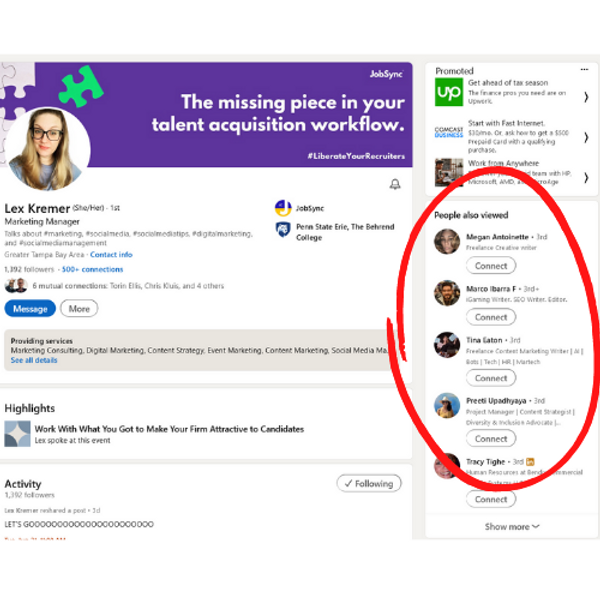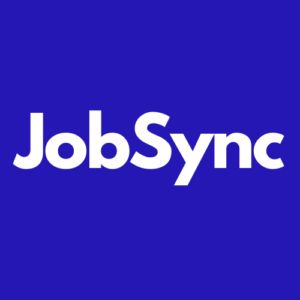
This is part 1 of a three part series on how to build great teams with little to no budget.
In May we had yet another fabulous roundtable host. Carrie Darney joined us to talk about how to attract candidates when you don’t have a big budget, a big brand, and big perks (and even if you do, these are tips that will always help you get the right candidates). So as always, everyone had their cameras and mics on and we jumped right into the discussion: working with what you have to attract the best candidates.
It might be day 1 as a recruiter at a new job or it might be year 10 – the most important foundational pieces you have at your disposal are easy:
- Your Story – Why did you join? What makes you excited about this company, team, culture, mission, values, whatever it was that made you excited to say yes?
- Your Business’s Story – What are you working on? What problems are you solving? What technologies are you using? What interesting and different things is the business doing?
- Your Culture – Not ping pong tables and free popcorn, but how you view your people. How do you grow them and invest in them? Do you create an environment where people can ‘find’ their careers – even if they don’t know what that is yet?
As you roll into Day 30 or 100 or year 12, there is working with what you got and then there is building what you need. How do you build the pieces of the business to ensure you have the pieces that are really attractive to candidates when free cookie Friday isn’t an option on the table?
Finding the right people to recruit
Building the process to engage the right people is the first step in your building blocks. Without the ability to find and engage good people your other tactics won’t have an impact.
Before you talk to the people, set yourself and your ‘outreach team’ (everyone is a recruiter for your company if you make them one) up for success. Build great and engaging job descriptions. Lock in the business story and help people highlight their own stories.
Last, get your metrics down. And we don’t mean X number of outreaches to get Y interviews. We mean your people metrics. What are the kinds of attitude, thinking style, industry, or company experience that is important? Do you need key skills or is attitude everything? Figure out what you need that is beyond the job description.
Now, let’s get recruiting.
How to rock referrals
Referrals are the backbone of a company. Yes, good people have worked with other good people. But how many times have you ‘reinvigorated’ a referral program? That’s because out of sight, out of mind. Help your people help you. Ask them about people in their networks. Don’t focus on the people on the team you are recruiting for – ask people on other teams doing different work. Sending a weekly email with all the jobs is good – sending a personal email with one or two jobs that have a high potential for referrals is even better.
For the love of all things recruiting, teach your team how to use Social Media! LinkedIn isn’t the enemy – help your employees let their networks know the kind of awesome person you are looking for. And while they’re out sharing with their networks, ask them to share with a specific group they are in. Again, helping them is imperative. Remind them – they are now a part of a demand gen marketing group and you all need a demand gen specialist. Most people are happy to help, but not as willing when they have a blank piece of paper in front of them. Make your requests specific.
Recruiting on Social Media is more than post and pray
There are things on Social Media that as a Recruiter you can do directly. Follow thought leaders in your space. Engage with their content but more importantly, with people who are interacting with the thought leader. Don’t pitch! Engage! Be thoughtful.
Work with the tools you are provided. LinkedIn gives you ‘other people looked at’ next to the profile – that can be gold. Dig in.
Are these folks doing similar things as the person you were just checking out? The same thing holds true for companies – when you look at one company, LinkedIn shows you ‘other companies like this one’. Get clicking!

